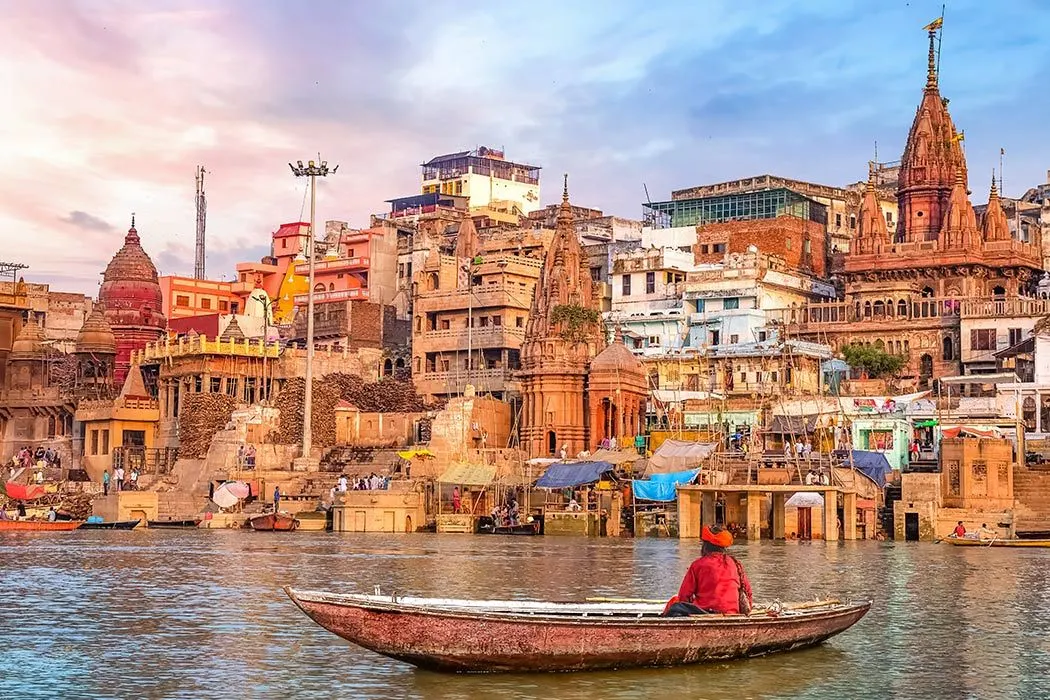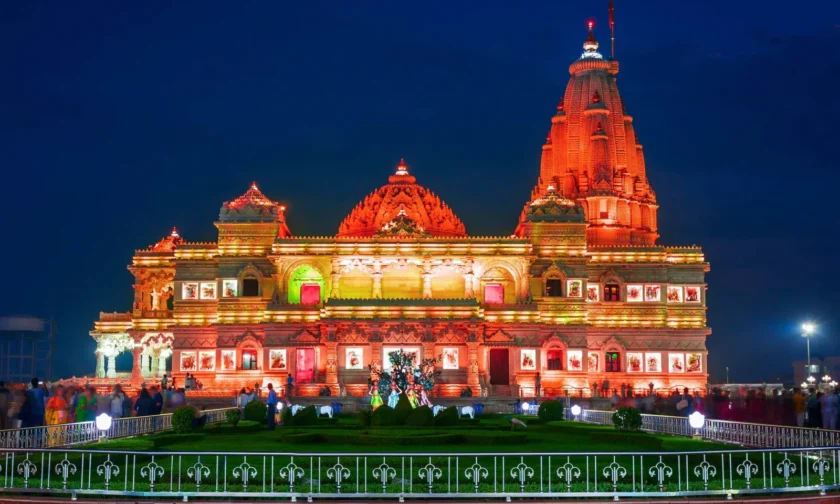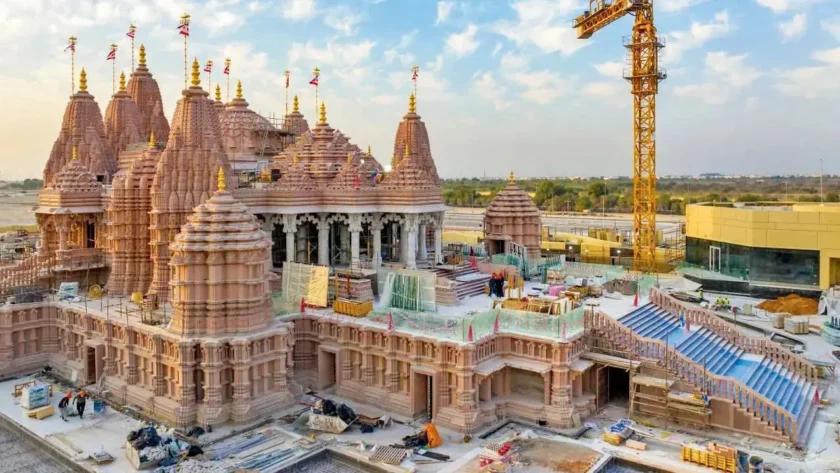Varanasi: Varanasi, perched along the sacred Ganges in Uttar Pradesh, is believed to be one of the world’s oldest continuously inhabited cities—over 3,000 years of uninterrupted life, faith, and philosophy. Often called “the city where life and death hold hands,” it offers more than tourism—it offers truth. Recognised by UNESCO for its ghats and temples, Varanasi draws millions who seek not monuments, but meaning.
“In Varanasi, you don’t just visit a place—you witness existence,” says a local guide. And he is right. The chants at dawn, the flicker of oil lamps on the river, the scent of incense mingling with smoke from funeral pyres—every sense is awakened.
The Sacred Ganges: Rituals That Never Sleep
At the city’s heart flows the Ganges, worshipped as the goddess Ganga, believed to wash away sins and grant moksha (liberation). Its 88 ghats serve as theaters of faith. The dawn aarti at Dashashwamedh Ghat is a spectacle: priests in saffron robes raise flaming lamps as bells and conch shells echo across the water.
“When the lamps rise, it feels like the river itself is breathing light,” recalls a traveler.
Death, too, finds dignity here. At Manikarnika and Harishchandra ghats, cremations continue day and night. Hindus believe that dying in Varanasi, or even having one’s ashes immersed in the Ganges, leads to spiritual freedom. Mark Twain once wrote, “It is older than history, older than tradition… and looks twice as old as all of them put together.”
For many seekers, joining morning baths, yoga on the ghats, or kirtan in ashrams becomes deeply transformative. “These rituals aren’t performances—they’re conversations with the divine,” says a visiting monk.
Architecture with a Soul
Varanasi’s structures reflect its resilience. The golden-spired Kashi Vishwanath Temple, dedicated to Lord Shiva, stands as the city’s divine heartbeat. Pilgrims chant “Har Har Mahadev” as they step into the courtyard—an ocean of faith in motion.
Across the river, Ramnagar Fort guards centuries of royal legacy, while the ochre Durga (Monkey) Temple adds mythical allure. The sprawling BHU campus, founded in 1916, blends academia with sanctity.
But the city’s true history lives in its galis (narrow alleys). “Every corner tells a story,” says a silk weaver in Vishwanath Gali. Frescoes peel, shrines whisper, and time lingers.
Cultural Pulse: Where Art, Faith, and Festivity Collide
Varanasi is not just sacred—it is spectacularly alive. Silk looms hum, paan sellers perform their craft, and musicians fill the mornings with shehnai and tabla. The iconic Banarasi sari, woven with gold zari, is considered “a bride’s pride.”
Street food is its own religion: kachori-sabzi at sunrise, malaiyo in winter, lassi topped with rabri at Blue Lassi.

Festivals turn the city into a dreamscape. Diwali lights up the riverbanks, while Dev Deepawali sees thousands of diyas floating like stars on water. During Maha Shivratri, the city dances, drums, and drinks bhaang in devotion.
The legendary Ramlila of Ramnagar Fort, performed over 10 days with thousands of actors, is recognized by UNESCO. “It’s not a play—it’s history coming alive,” says an elderly spectator who has attended it for 40 years.
A Taste of Life: Pure, Chaotic, Beautiful
Varanasi’s food is largely sattvic (pure vegetarian), reflecting its spiritual core. Yet its simplicity is soulful: puri, jalebi, tamatar chaat, and the iconic thandai, sometimes infused with bhaang.
Beyond the cuisine, daily life fascinates travelers. Sadhus debate philosophy, wrestlers train in akharas, and boatmen ferry pilgrims with stories older than empires. Cows stroll through traffic, beggars chant mantras, and silk markets buzz with haggling.
“It’s chaotic and calm at the same time,” laughs a backpacker. “Only Varanasi can do that.”
Why Varanasi Changes You
Travelers don’t just leave with photos—they leave transformed. Author E.M. Forster wrote that Varanasi “evokes the eternal,” and even today, the city mirrors the cycle of life.
“Here, the divine is not distant—it’s in every breath,” says a priest at Assi Ghat.
In an age of curated travel and Instagram filters, Varanasi stands raw, real, and timeless. It doesn’t entertain you—it awakens you.
And that is why it captivates the soul.
Whether you come for solace, culture, spirituality, or sheer curiosity, Varanasi doesn’t just welcome you.
It absorbs you. And somehow—you leave more whole.






